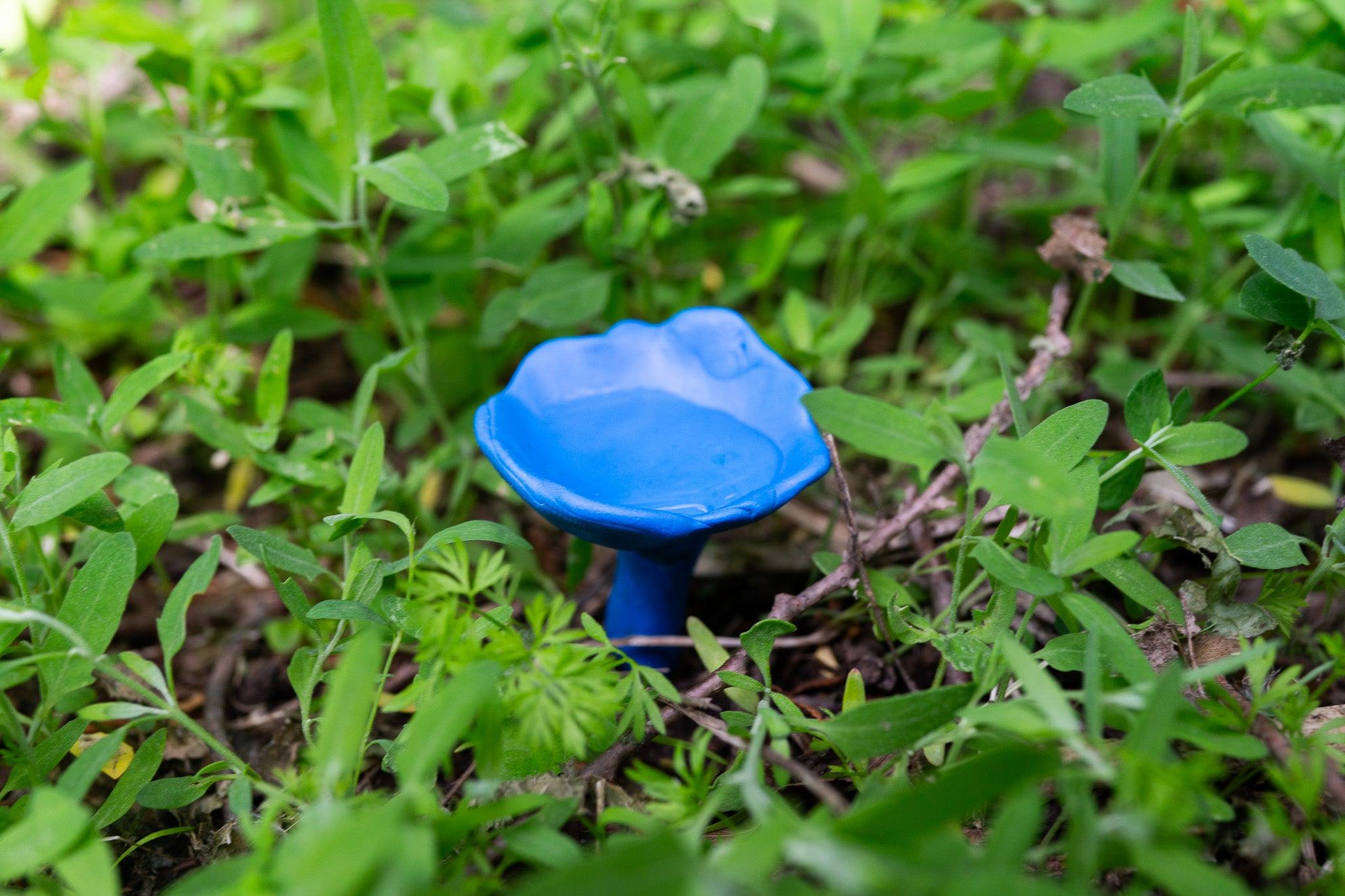
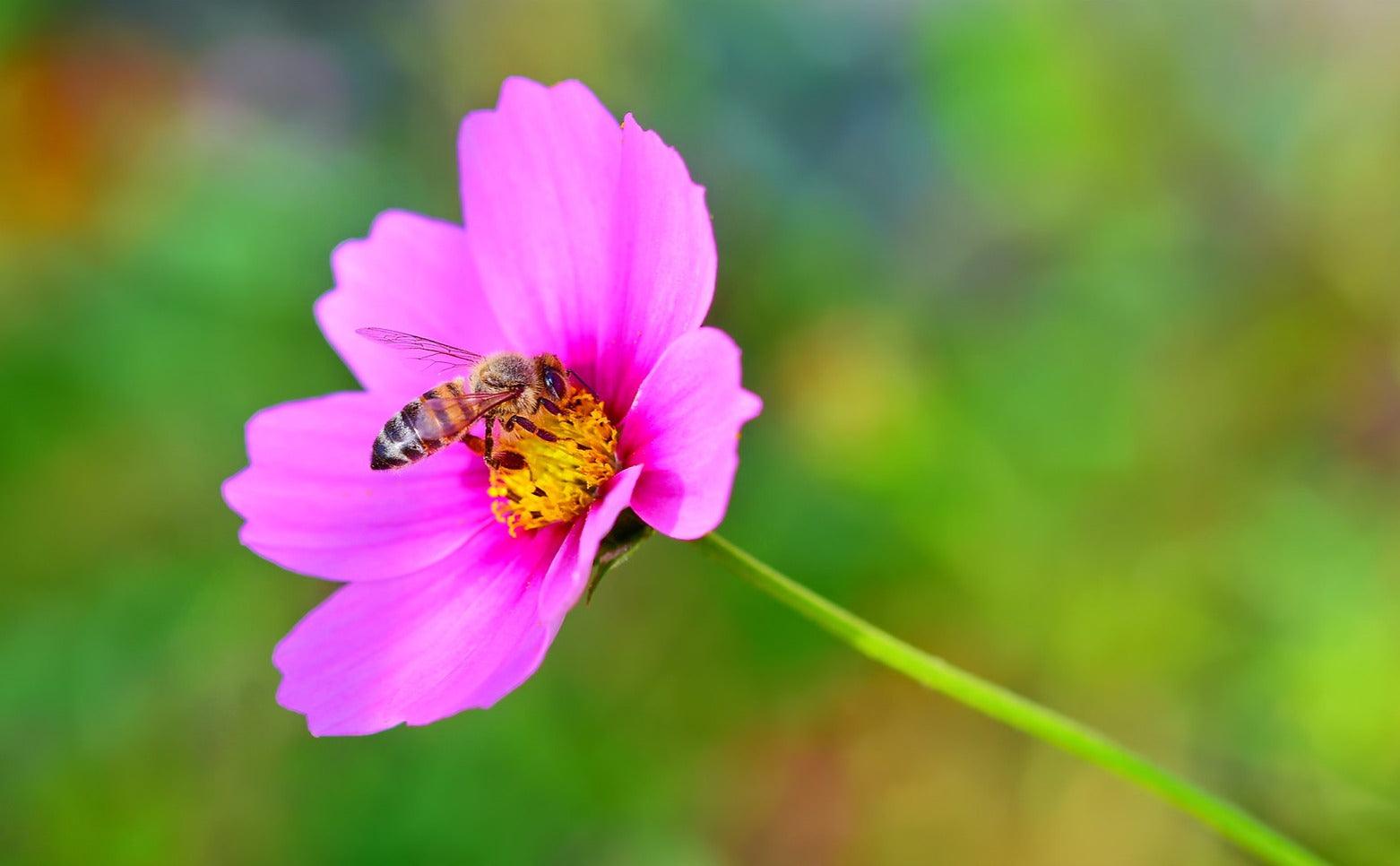
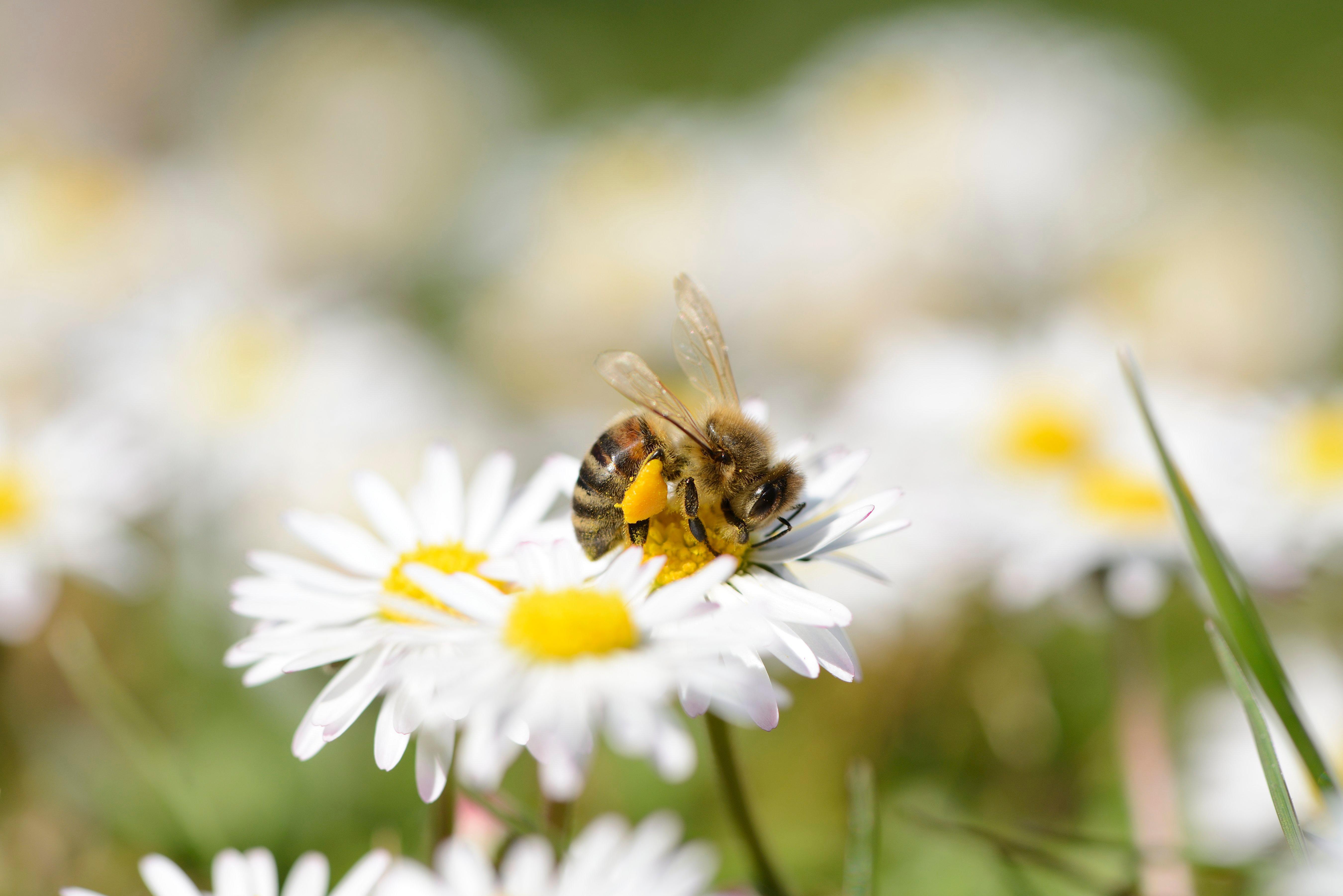
Bee Cups - Things We Don't Sell
Bee cups have started to become popular over the last few years, and are sometimes sold as a way to support native wild bees during hot summers. While there is no harm at all in having these in your yard and some insects may use them, you can save a few dollars here if your goal is helping wild bees specifically.
If you watch closely, you'll likely notice that the bees which typically use bee cups are domesticated honey bees, while wild bees get all the water that they need from the nectar in flowers. You can identify honey bees by their long, slender body that is often brownish (see the included photos). Since we focus our efforts here exclusively on native bees, we choose not to carry these in our store.
If instead you are looking to support native wild bees, we recommend planting a range of wildflowers in your yard that bloom throughout the season at different times. This will ensure a steady supply of nectar to the bees that are in your yard, while also providing a food source that they can use for their young. Since bee cups are typically designed to mimic flowers, you may as well plant the real thing!
The book The Bees in Your Backyard has a great guide recommending the flowers to plant in different regions of North America, while also being an incredible guide to all of our native bees.
"November Bees" (CC BY 2.0) by tdlucas5000
Pairs well with
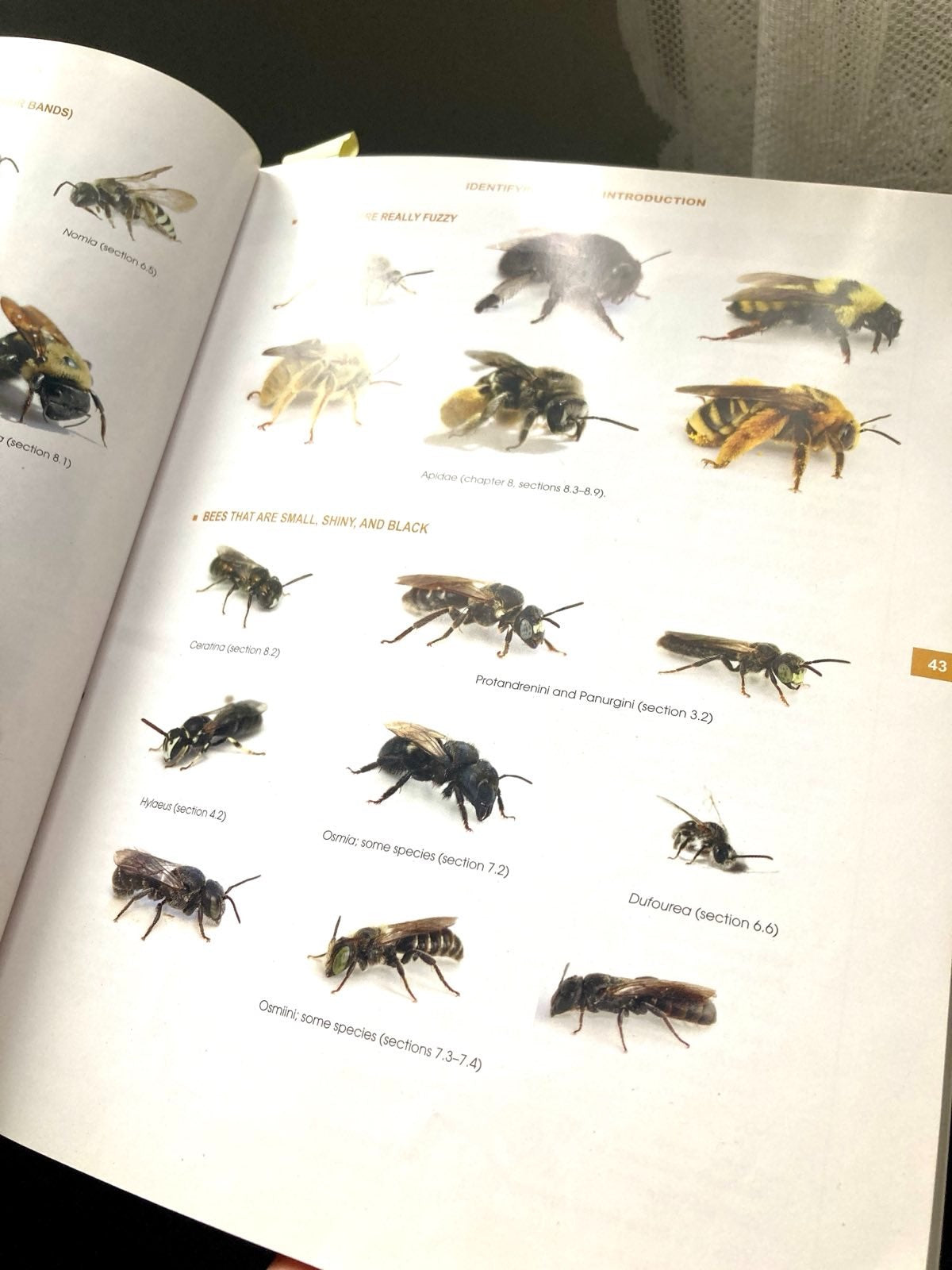
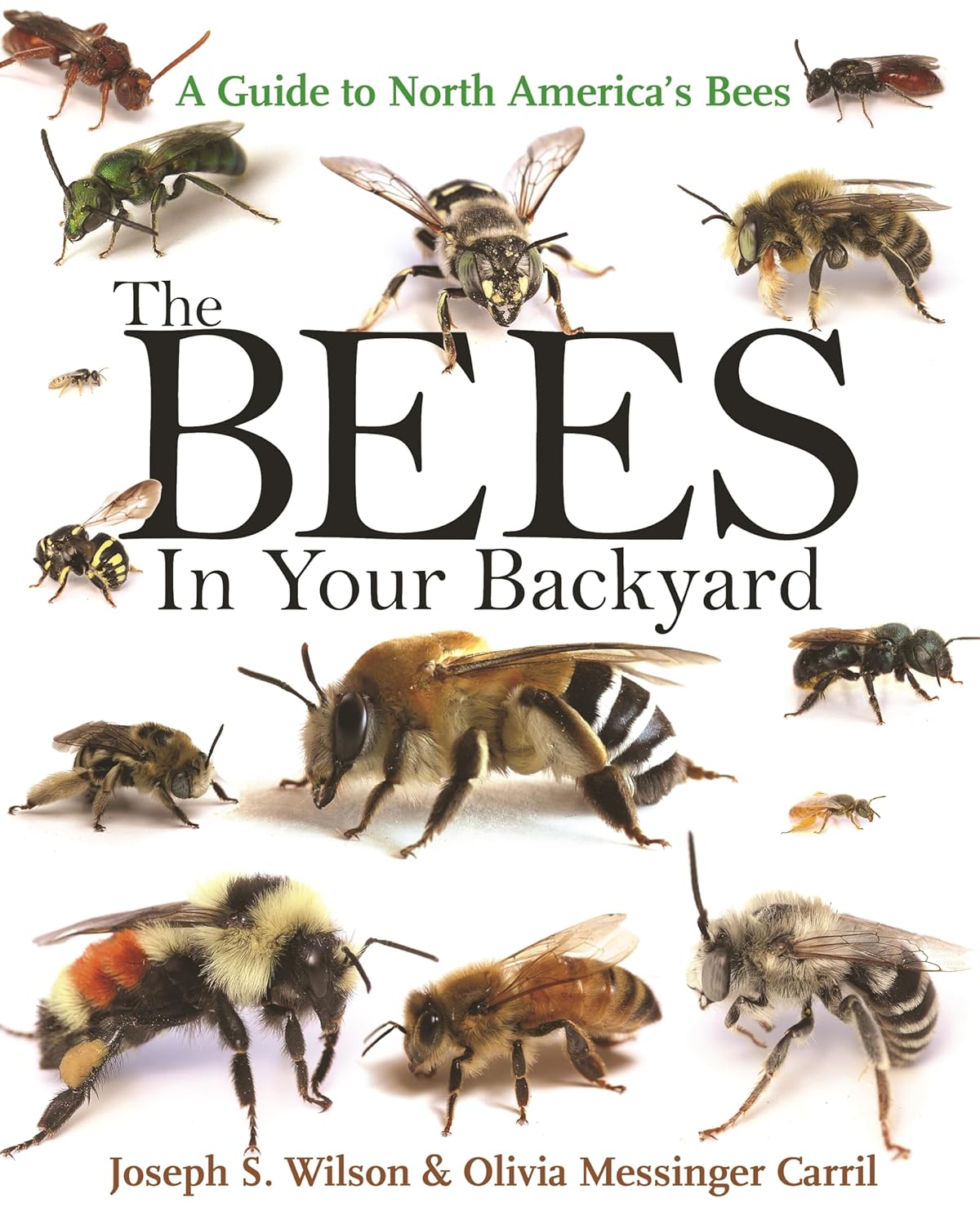
Learn More About Wild Bees
The book The Bees In Your Backyard is an amazing resource for both novices and experts. If you're looking to understand the native bees in your area and which things to grow to best support them, this is the perfect place to start.
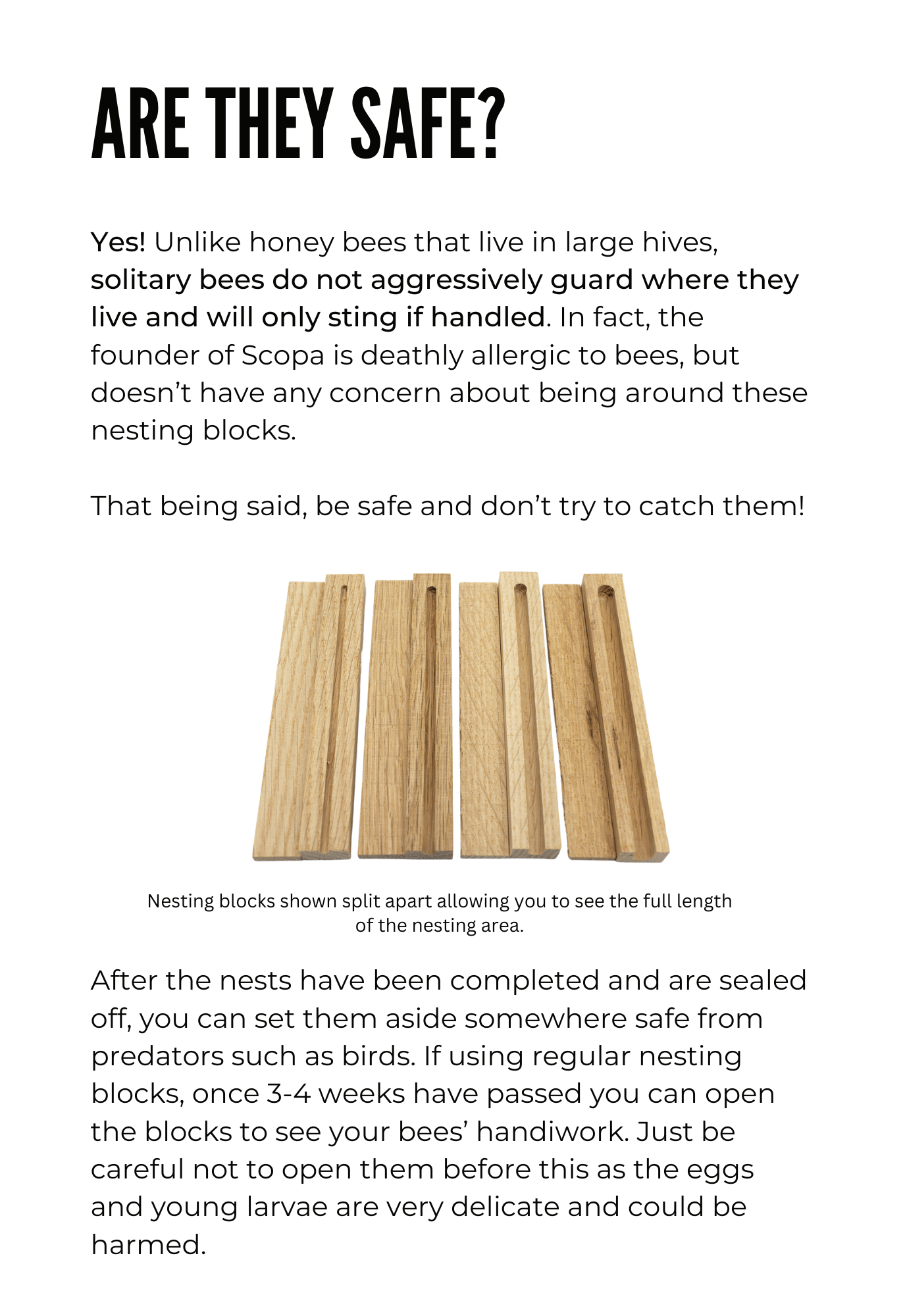
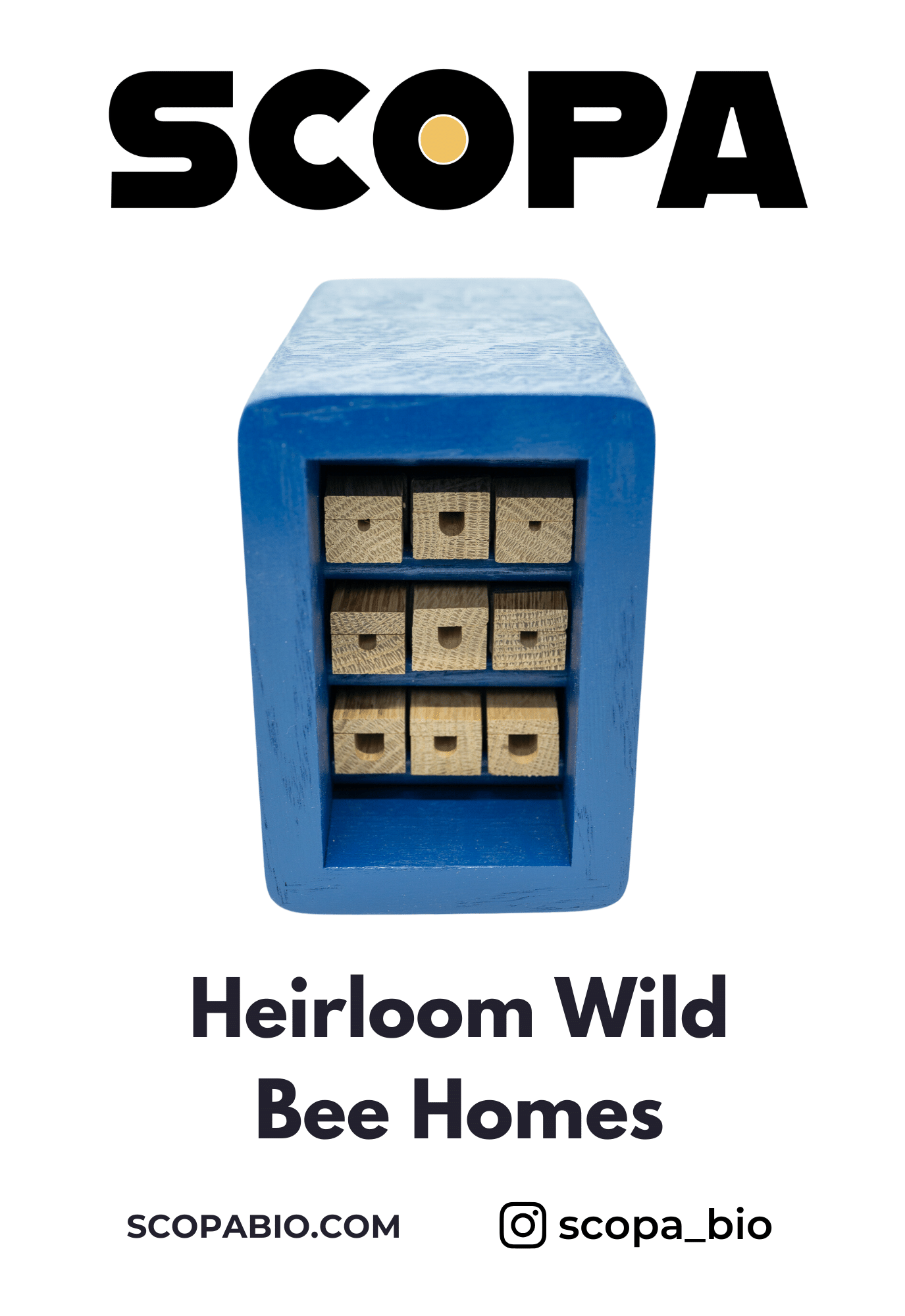
See Our Bee Home Guide
Our guide covers the basics about native bees and how to set up and maintain our bee homes. Download our guide to see how easy it is to get started!
FAQs
Please read our FAQs page to find out more.
Why are there different hole sizes in the blocks?
The range of block sizes we have appeal to different species, and even to individual preferences within a species. By providing a range of hole sizes in 1/16" increments, it helps ensure that each bee will find a size of hole suitable for raising her young.
How do you clean the nesting blocks?
Cleaning out the blocks themselves is optional. If you would like to, it can be done by removing the top and using any appropriate tool to clean out the hole. To further ensure they are sanitized, you can bake them at 200°F for 2 hours.
If your nesting block attracted wasps, you should be aware that cleaning it may not be for the squeamish. You may find the remains of spiders or insects that the wasp left for its young, so be prepared for that!
While it's common to hear concerns about diseases spreading in bees because of blocks that have not been cleaned out, this is often only true of bee homes with a high density of nesting sites, and our experience suggests that this is not a problem for low-density nesting sites like ours.
Where do I place the home?
Generally, you want your bee home to be placed in a location that gets some sunlight, with the nesting block openings facing (roughly) south so that they are exposed to the sun for most of the day. The exception to this is if you live in a very hot climate, where bees will tend to look for more shady areas. If you aren't having success in one location, try another!
If possible, place the bee home near a patch of flowers or a flowering tree or shrub so the bees won't need to travel far to find pollen and nectar.
Placing the home on existing trees or wooden structures can also be helpful, as bees will often look in these locations for holes to nest in. However, if that's not an option, the home can also be placed on its own, as a free-standing pole, though we've had mixed results with this approach in practice.
The bee home comes with a mount for placing it on an existing structure, and a stand-alone post can be ordered separately.
How can I learn more about wild bees?
One of the best books on the topic that covers North American bees is The Bees in Your Backyard. It allows you to both get a high-level overview or go deep into different groups of bees. Highly recommended!

